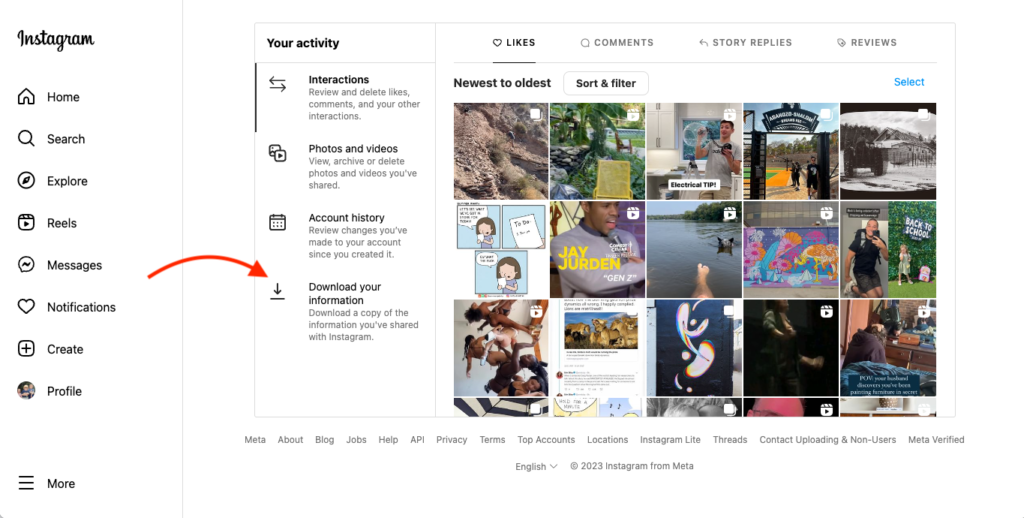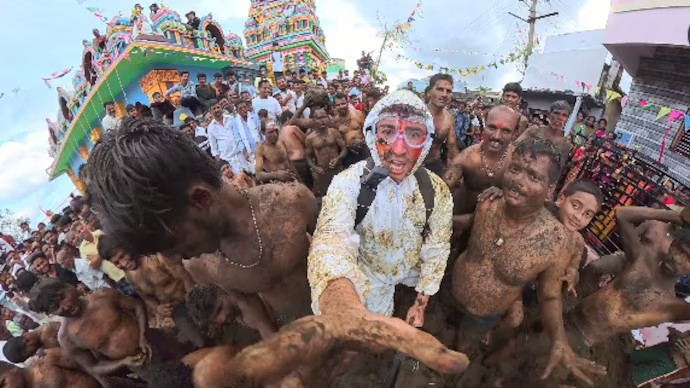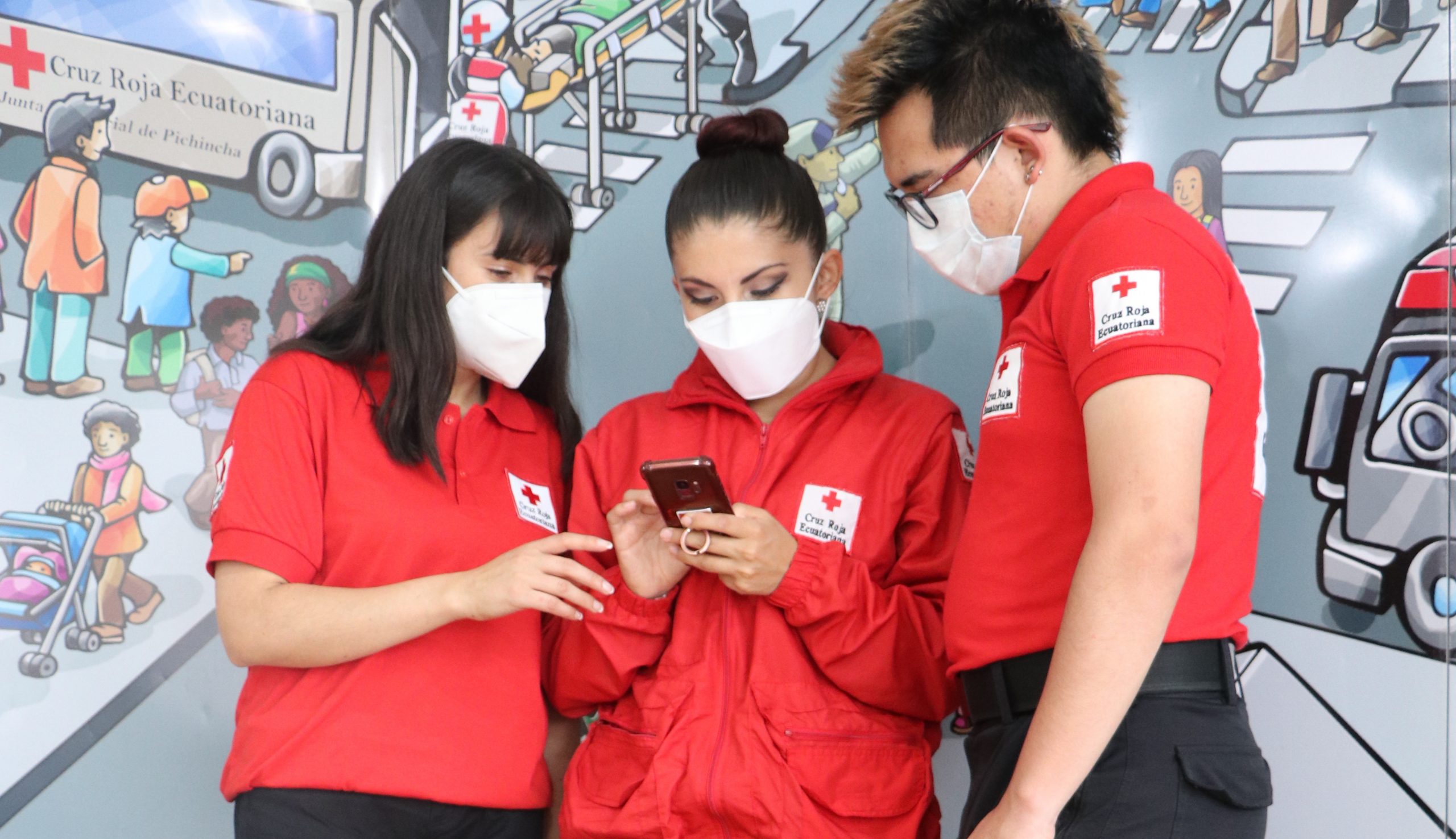Now Reading: Why Rumors Spread Faster in Crisis
-
01
Why Rumors Spread Faster in Crisis
Why Rumors Spread Faster in Crisis

During crises, whether natural disasters, accidents, or sudden emergencies, rumors often spread faster than verified information. In India, including Tier 2 cities, this phenomenon can escalate panic, create confusion, and even worsen the situation. Understanding why rumors gain speed in critical moments helps communities respond more calmly and seek accurate information before acting.
Fear and uncertainty are major drivers. When people face unknown threats, their need for immediate answers outweighs verification. The brain seeks explanations to reduce anxiety, making individuals more likely to accept and share unverified information.
Social dynamics also play a role. People tend to trust friends, family, or peers, assuming that shared news is credible. In smaller towns, where close-knit communities rely heavily on word-of-mouth, a single rumor can quickly reach large numbers.
The speed of communication accelerates rumor spread. Instant messaging apps and social media make it easy to forward news without checking accuracy. Emotional content—stories of danger or loss—tends to go viral faster than neutral information, further fueling rapid dissemination.
Combating rumors requires awareness and critical thinking. Encouraging verification, relying on official sources, and educating communities about the risks of misinformation can reduce panic and promote informed responses during crises.
In conclusion, rumors spread quickly in crises because of fear, social trust, and rapid communication. Recognizing these factors, particularly in Tier 2 cities, is essential for maintaining calm, ensuring safety, and fostering responsible sharing of information.

























